
Report 2023
The Business Environment Assessment Study (BEAS) is a comprehensive project reporting on the investment potential of Polish cities and detailing the business reality in which companies operate. The study analysed seven factors that determine the nature of each market: infrastructure, office space, public administration support, educational potential, employment potential, business potential and the assessment of a location as a place to live. The report was supplemented with market data relevant to investors: the cost of living in each city, prices of apartments per square metre on the secondary and primary markets, office rental rates or salaries offered by employers.
The questions were answered by 1,290 respondents - people in the position of presidents, board members or department heads of companies that have decided to make new investments in Poland in the last two years. Of all the factors, the availability and quality of office space was rated best on average, while support from the public administration was rated worst.
6516,8 tys.
5,1%
23,50PLN/H
12,5euro
20%
7 181,67pln
3 600pln
Total value of foreign direct investment (FDI) liabilities in Poland at the end of 2021
The value of FDI in 2021 that went to business entities from the industrial processing sector
The value of FDI in 2021 that went to business entities from the professional, scientific and technical sector
The value of FDI in 2021 that went to business entities engaged in commercial activities
Employment growth in service centers in Poland in the last year (2021 - Q1 2022)
Total number of service centers in Poland in Q1 2022
The value of planned projects in Poland declared by investors in 2022
There are currently two legal statuses in Poland relating to zonal reliefs. One is the Special Economic Zones (SEZ) tax exemption based on SEZ permits, which will expire at the end of 2026. SEZs were delimited areas where investments were made on preferential terms, in particular with the right to income tax exemption.
Since 2018, another legal entity has been operating to support new investments throughout the country. We are referring to the PIZ, or Polish Investment Zone, which was introduced by the Act of 10 May 2018. On supporting new investments (Journal of Laws 2018, item 1162).
The Polish Investment Zone has replaced the SEZ, so it is currently not possible to obtain a new investment permit under the SEZ. However, an investor planning an investment can apply for tax benefits under the PIZ. On the other hand, investors who have permits issued under the SEZ can continue to use them until the end of 2026.
The biggest change and difference between the PIZ and the SEZ is that the Polish Investment Zone is not territorially limited to specific areas, but covers the whole country. Support under the PIZ, as under the SEZ, takes the form of corporate or personal income tax exemptions on new investments. The PIZ programme offers entrepreneurs making investments the possibility of obtaining CIT or PIT tax exemptions for a period of 10-15 years amounting to 70% of the value of the planned investment (see the subsidy map below).
In the case of the Polish Investment Zone, it is crucial for the entrepreneur planning the investment to obtain a decision on support (DoS). The DoS is the equivalent of an SEZ permit. It is issued for 10, 12 or even 15 years. However, in the case of PIZ, it is necessary to declare investment expenditures or two-year labour costs that exceed the minimum value established for a given investment location, which depends on the size of the enterprise, the type of activity planned as a result of the investment (modern business services and other activities) and the type of investment (greenfield or brownfield). In addition, in the case of PIZ, in addition to the above-mentioned parameters of the investment, the so-called qualitative criteria – from 4 to 6, depending on the location of the investment – must also be met.

City Investment Potential reports are an invaluable tool for investors, providing them with essential information and data on which to base their decisions. By analysing these reports, investors can gain insight into the state of the local economy, dynamically developing sectors and market trends, which is crucial when choosing the optimal location for their investment. The reports are also a source of knowledge about the risks associated with investing in a particular region, taking into account economic and social aspects. The reports also offer strategic analysis and investment planning, helping investors to understand demographic changes, legal regulations, potential administrative support and other key factors that can influence investment success.

Report 2023

Report 2023

Report 2023

Report 2023

Report 2023

Report 2023

Report 2023

Report 2023

Report 2023

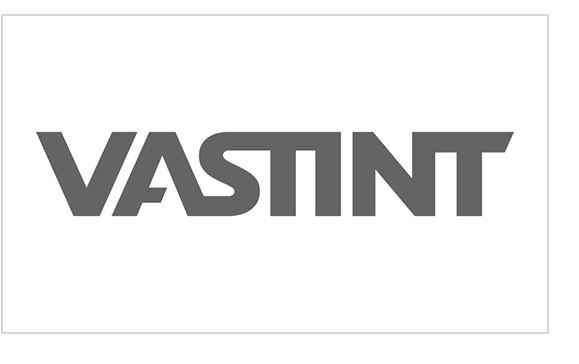

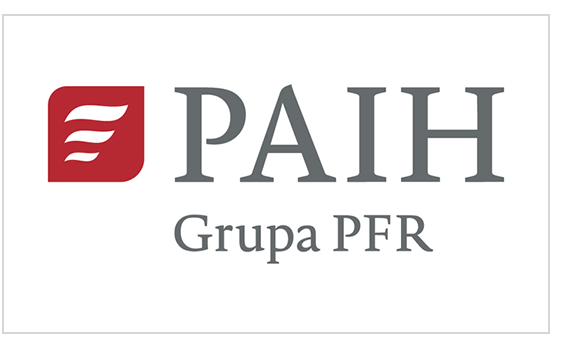
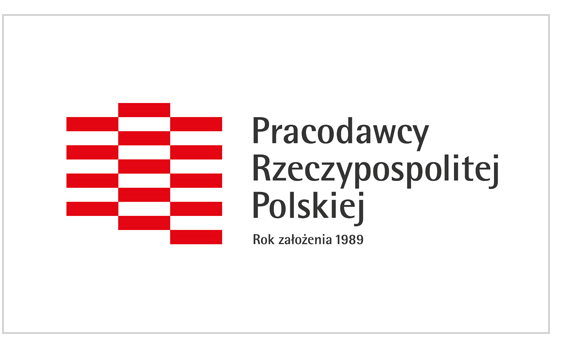


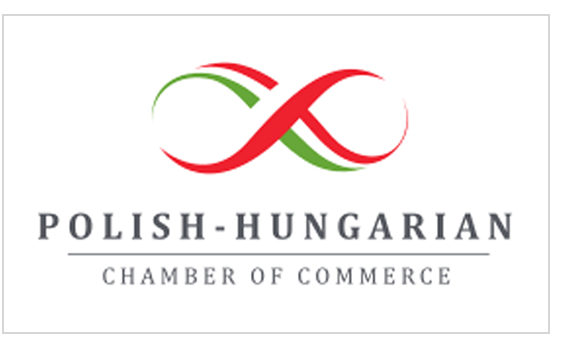
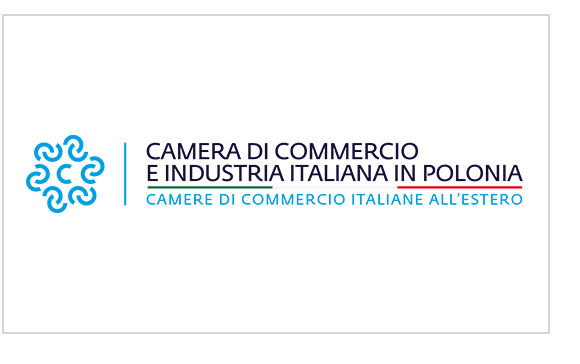

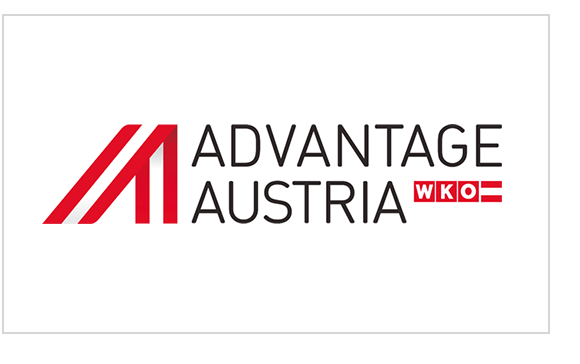

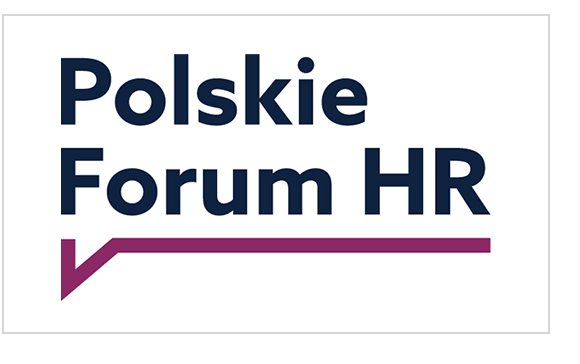
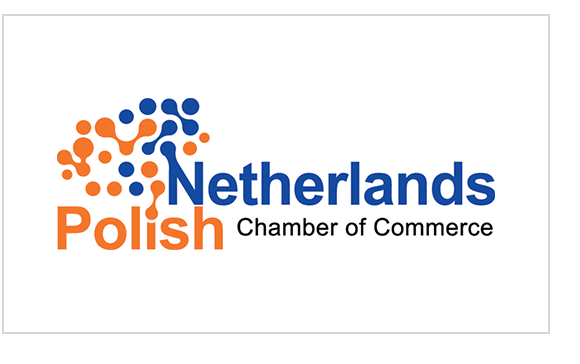
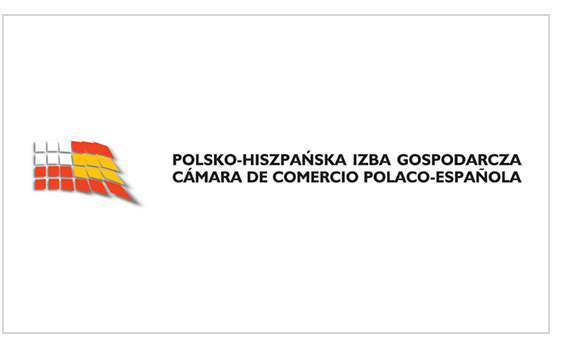

Find out more about the labour market and the potential of Polish cities.
Visit our blogTo view reports you must leave your email address